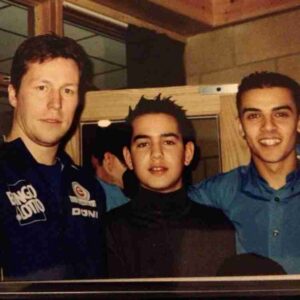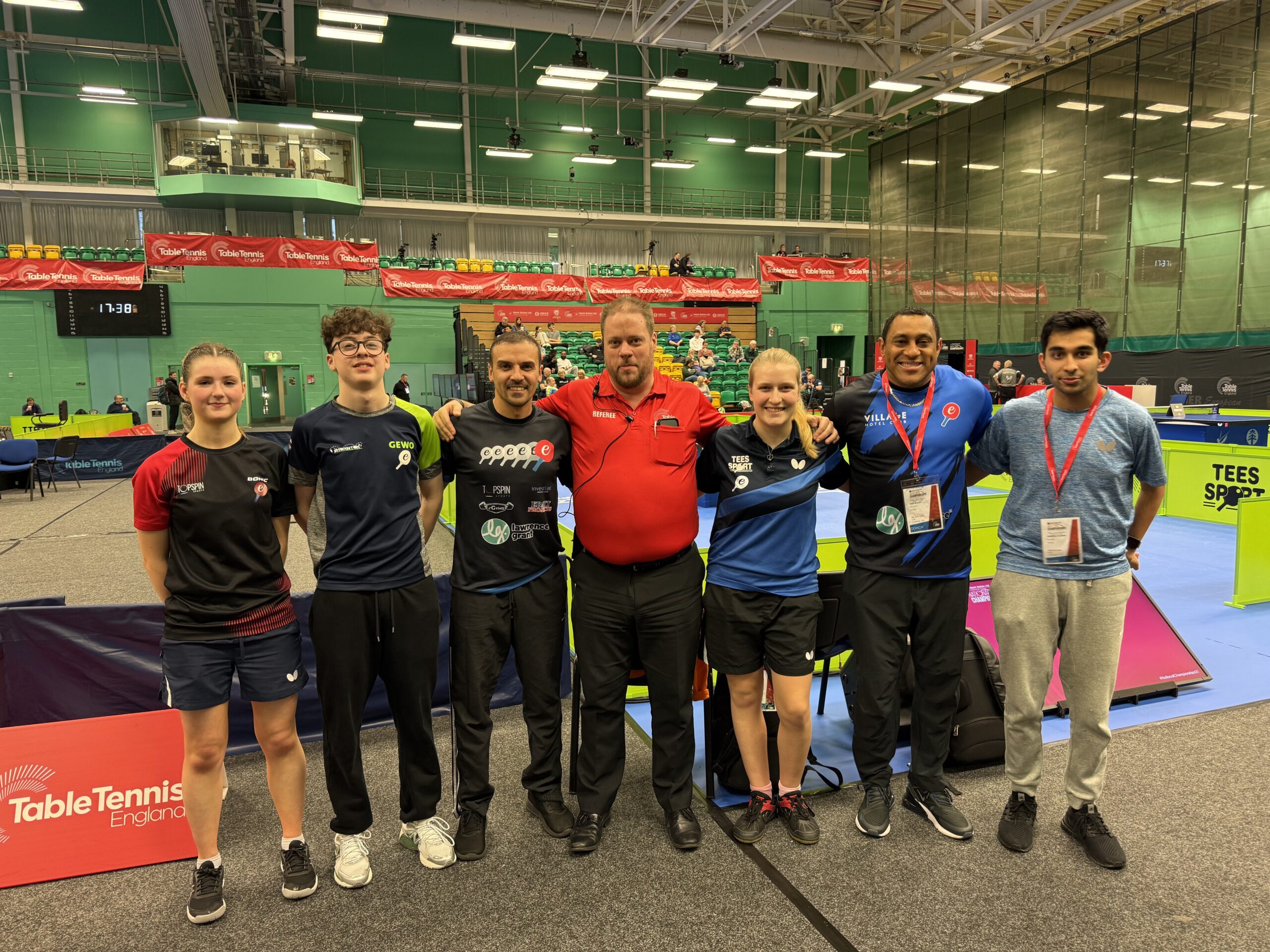I believe Multi-ball in table tennis began in the ’70s in China and today, it’s rare to see advanced coaching sessions without it.
Why is Multi-ball Important
In very simple terms, you amplify the quantity of training by 100x and naturally, this enables you to increase your skills at a faster rate. You can do almost any drill using multi-ball and it’s also very real if done correctly. Lastly multi-ball, can help with footwork, timing and develop good technique.
Key developments of multi-ball:
- Footwork
- Speed
- Recovery
- Timing
- Technique
- High Quantity – Repetition
Thinking Multi-Ball
Issues with Multi-Ball
Today, if you browse social media or Youtube, you will find many videos of players and coaches using multi-ball. The question you must ask yourself, they look great while in action but are the benefits real or is it often just a show? I always tell my players, a car can look amazing from the outside but if the engine is poor the looks mean nothing. What do I mean by this statement? Well, often when you watch players being fed multi-ball they are given a set routine and they blast each ball effortlessly. The issue is often players and coaches use multi-ball to just hit some backhands and forehands but in a match situation, this is something that would never happen. So why do we give set multi-ball drills? Well, it can be because we want to work on our technique, footwork or just confidence.
I suggest limiting structured multi-ball (one to four boxes) after that look at implementing unstructured routines. Use thought process exercises and irregular formats to truly develop your game.
There are no set routines
I’m a great believer in technique but what is the technique? It’s a foundation which must be built at an early stage, dependant upon a player’s natural gifts. Such as; playing hand, speed, height, weight, coordination, thought process, (physical and mental ability). Once you are fully aware of one’s natural gifts, then you can start to build certain techniques that compliment that person. For example someone with slow reaction speed, you may want to implement a chopping foundation away from the table. This gives them more time to react and potentially develop their reaction speed over time and move into the table over time if they wish to do so. The technique is all about efficiency, how can you play the best possible shot/stroke at a given moment.

Build a foundation for your player and then be willing to adapt technically as they evolve. Therefore I suggest spending a few years using multi-ball to build your player’s technique by implementing routine exercises. Every player is a different and different amount of time will be required to develop good foundations. once you feel ready then start to break away from routines and build unstructured training routines and exercises. using the foundations built you will need to find ways of implementing your technical foundations, inside an unstructured environment
Time, Quality and Quantity
Only over a long-time period will you reap the rewards, this means you must stick at it and be patient. Lots of smart work is required and time will find a way of making your smart and hard work pay off in the end. I’ve been in the game for 25 years and my time alongside smart and hard work is only just now, truly paying off. without commitment, I don’t think anything special is possible
Quantity is nothing without quality










